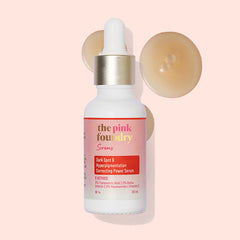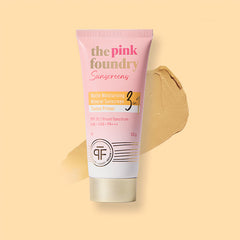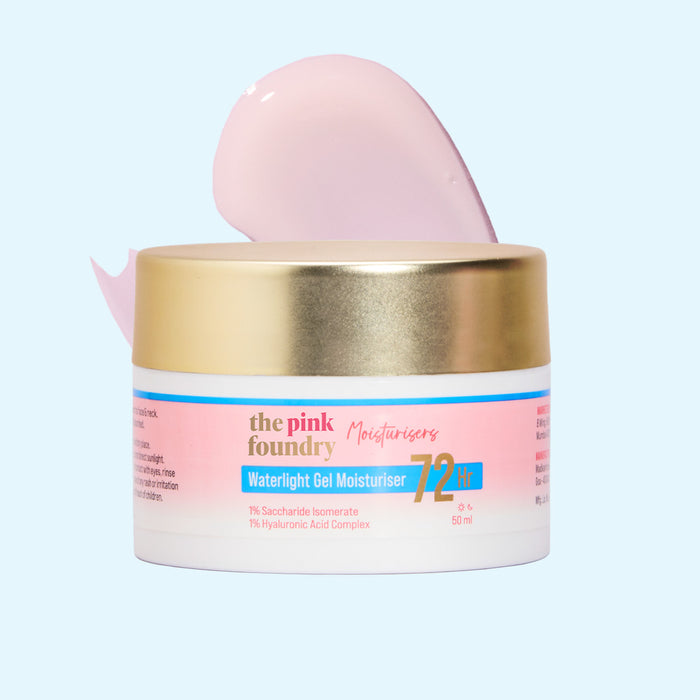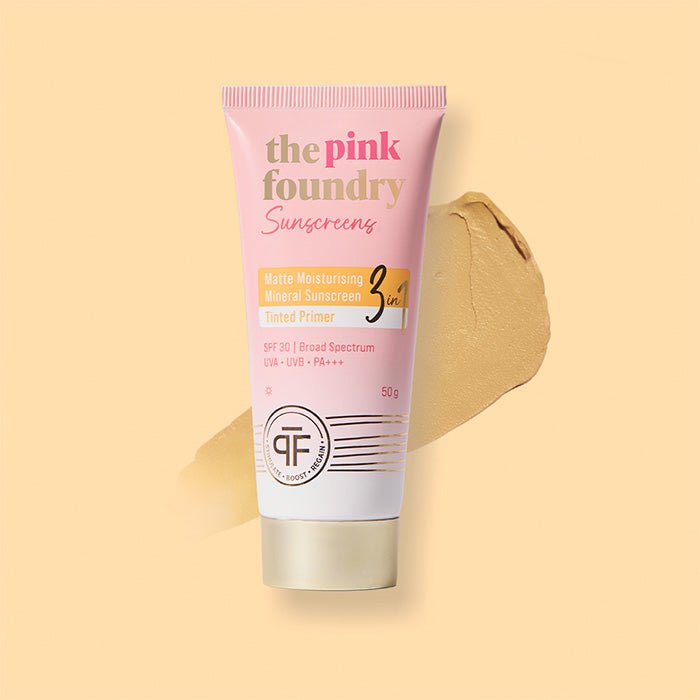Can you have dry and greasy skin at the same time?
Dry and Oily skin together? That sounds odd, right? Well, having dry and greasy skin simultaneously is possible. This skin type is commonly called the combination skin. The skincare products for such skin require a balanced combination of several ingredients. Moreover, the skincare routine for dry and greasy skin must be strategically planned. As this combination skin concept can be confusing for many, we have detailed the meaning, symptoms, and skincare routine for this skin type.
What is dry but oily skin?
Dry and oily are two opposite concepts regarding skin type. However, a person can have properties of both dry and oily skin. The biological reason behind dry greasy skin is when the sebaceous glands excessively produce sebum on the T-zone of the face while the rest of the skin surface remains dry. The main reason behind combination skin is the lack of moisture, which leads the skin to excessively secrete oil to keep it hydrated. A proper skincare routine can easily aid you in dealing with this skin type.
Can I have dry and greasy skin?
Combination skin is not a frequently occurring skin condition. However, it is not also a rare finding. Hence, you can have this skin type, but the reason for the cause might vary with the person. The three major factors that lead to combination skin are,
- It can be genetic.
- Lack of moisture leading to over-activation of sebaceous glands
- Increased intake of contraceptives or occurrence of menstrual cycle leading to hormonal changes.
How to tell if you have dry oily skin
People with this skin type face the disadvantages of both skin types. Hence dehydrated oily skin is the most basic system for combination. On the one hand, you will feel oily in the T-zone of your face, yet on the other, your cheeks and the remaining part of the face will feel dry and itchy. If you are confused about your skin type, these are some of the ways to identify combination skin,
-
Seasonal changes
The first symptom of combination skin is that your face will be extremely oily in summer and dry in winter. In summer, the heat and humidity stimulate sebum production, while in winter, as the temperature decreases, the rest T-zone returns to its normal behaviour, but the cheeks become drier. If this is the pattern for your skin, then you have a combination skin.
-
Appearance of dry and oily spots
In this case, the dry and oily spots appear simultaneously on the cheeks and the T-zone of the face. Also, people with combination skin have both fine lines and wrinkles, along with acne and other oil-induced inflammations.
-
Effect of menstrual cycle
In the case of women, period is a major contributor to dry but oily skin due to hormonal changes. You might suffer from frequent breakouts during your period. However, after the cycle, you can succumb to dry skin conditions like dryness, rough patches, and flaky skin.
-
Suffer from breakouts and dry patches
When the sebaceous glands get over-activated for either the menstrual cycle or weather changes, they start producing excessive sebum in the T-zone of the face. This leads to clogging of pores and, ultimately, skin break-outs and flare-ups like acne. However, your cheeks remain dry and form dry patches which are itchy and painful.
-
Flaky scalp
Another indirect symptom of combination skin is a scaly and flaky scalp. If you have areas of itchy and scaly patches on your skin, there is a high chance that you are suffering from combination skin. Though not a proven symptom, people suffering from extreme and frequent dandruff are usually seen to have combination skin.
Skincare for dry, oily skin
People with a combination of dry and oily skin must put in double effort. However, it is not only about using facewash, sunscreen, toner, etc. in this case. Here, what is more important is using the skincare products in the right combination, time, and steps. An entire day’s skin care for dry oily skin is explained below.
For the morning, follow this order of layering,
-
Face wash
Start your morning routine by cleansing your face with a mild face wash. Moreover, try to use more targeted products like acne facewash. This will help eliminate any unnecessary build-ups that might have occurred overnight.
-
Toner
Second, a non-alcoholic toner is used to remove any dust and dirt residue. This is basically for deep cleaning your skin before you begin layering your skin with heavier products. It also helps in unclogging pores that resist skin breakouts like acne. Additionally, it balances the pH levels of the skin.
-
Serum
Once the toner has dried off, apply your serum. You need to choose a water- or gel-based serum with adequate hydrating properties. The best option is to apply a serum integrated with hyaluronic acid or Vitamin C.
Also read: How to Apply Face Serum? The Right Way to Apply Face Serum for Maximum Benefits
-
Moisturiser
Always choose a lightweight moisturiser with proper nourishing ingredients, such as Waterlight Gel Moisturiser 72 Hour Hydration. A heavy and oil or cream-based product is not your option. Since it can escalate the oil in your T-zone, leading to blackheads and acne.
-
Sunscreen
As you step out into the sun, protecting your skin from harmful rays is a must. Choose a broad-spectrum SPF 30 or more sunscreen like Mineral Matte Tinted Sunscreen to shield your skin from UVA and UVB rays. Moreover, it also hydrates and nourishes the skin sufficiently.
-
Make-Up
Lastly, put on your make-up. Ensure you are not using agitating products like oil-based concealer or foundation. Try to use lightweight make-up products for the best results.
For the night routine, the order is,
-
Cleansing
First, deep clean your face with a cleanser to remove the makeup, then use a foaming face wash. Double cleansing will help your skin eliminate all residues of make-up, dust, and other pollutants.
-
Exfoliating
Next, choose an exfoliant to remove all the dead cells from the skin’s surface layer and unclog pores. You can also choose an exfoliating mask to keep your pores clear and hydrate dry areas of the skin properly.
-
Moisturising
Lastly, apply a gel or water-based moisturiser to complete the day’s routine. This will help relieve the discomfort of dry skin and resist the tendency for skin breakouts.
Also read: How to Moisturise Dry Skin in Summer?
Conclusion
Managing combination skin can become quite frustrating. However, it is a tricky process, not a challenging one. Hence, follow the guidelines above to handle your skin more efficiently and comfortably.
Faqs:
-
Is dry, oily skin possible?
Yes, it is possible to have dry cheeks and jawline with an oily T-zone.
-
What are the best skincare products for combination skin?
Choose lightweight gel or water-based hydrating products for the best results.
-
What are the causes of oily, dry skin?
The three main causes are genetics, hormonal changes, and dehydrated skin.











